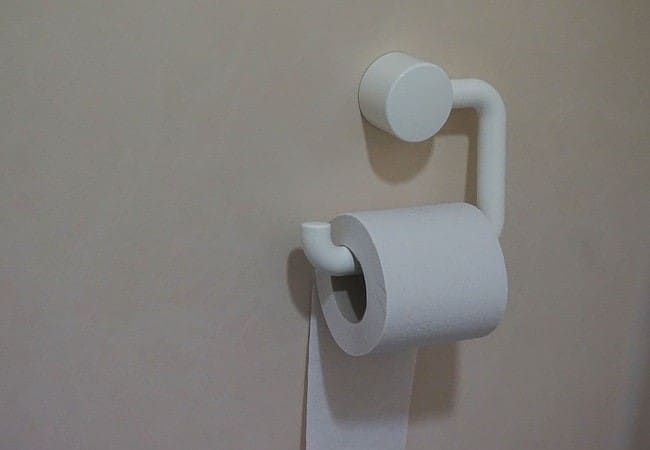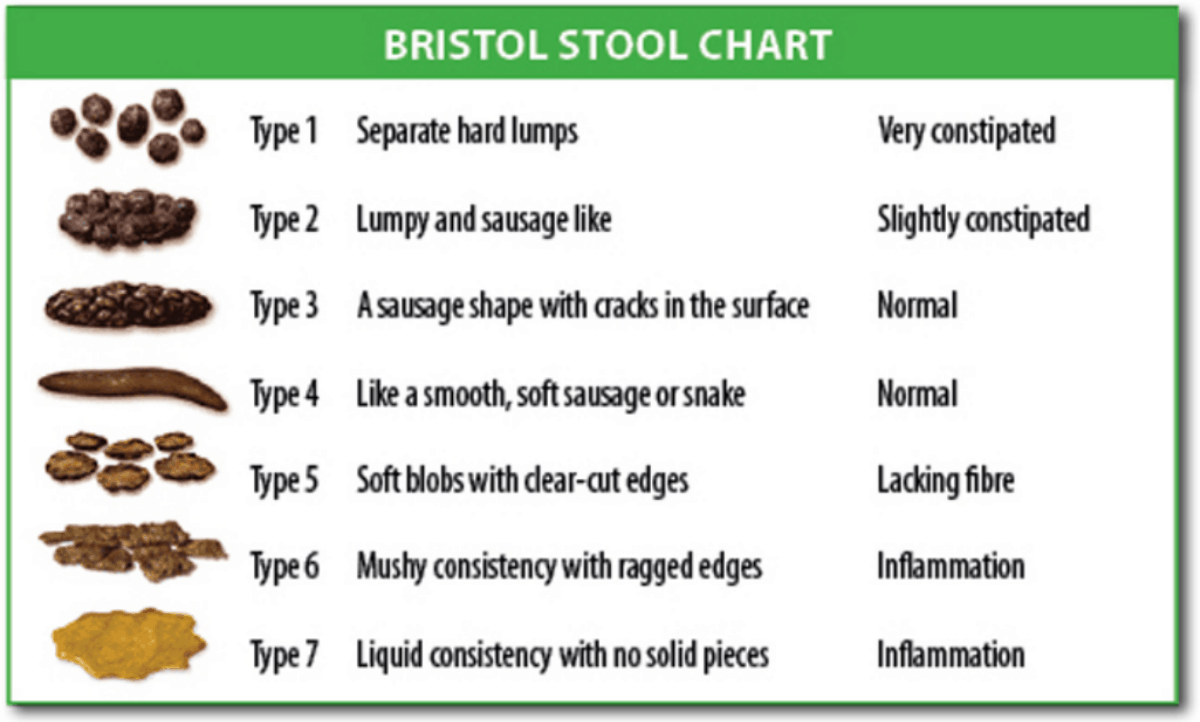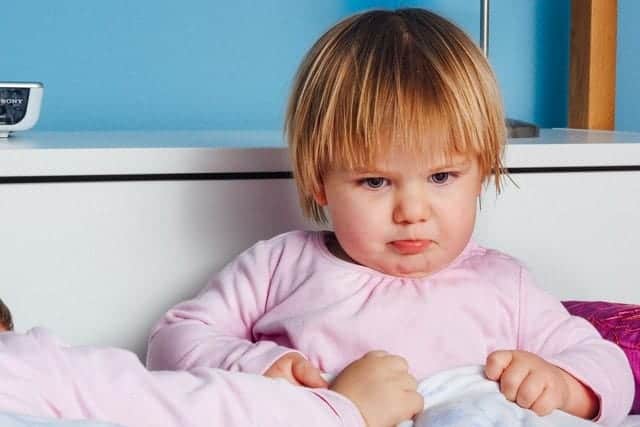Constipation is a common problem among children. Most of the time, it is functional and does not have any organic cause. Fortunately, it is mostly temporary, and remedies such as laxatives are available. Pediatricians may recommend stool softeners like MiraLAX to improve bowel movement.
How Much MiraLAX for a 2-Year-Old? A two-year-old can take an initial dose of 0.5 g/kg each day for acute constipation. The average weight for a two-year-old is around 12 kg. Based on this weight, 6 grams of MiraLAX can be given daily. However, it is still best to consult a doctor before taking any medication.
This article will discuss the reasons for development of comstipation, as well as the ideal MiraLAX dosage for a two-year-old child and the advised duration of treatment. Here, we will also explain the concerns regarding the safety and effectiveness of this medication.
Common Reasons for Constipation
Functional constipation means that there is no evidence of a pathological condition. It is most often caused by painful defecation, resulting in a child who voluntarily withholds stool to avoid the unpleasant experience.
Painful defecation can be triggered by a number of events. These include:
- Beginning of toilet training
- Changes in routine
- Changes in diet – from breast milk to formula milk, or when starting solid foods
- Stressful events – starting school
- Unavailability of (or unfamiliarity with) toilets in places outside the home
Withholding the stool can lead to fecal impaction, with reabsorption of fluids, an increase in the size of the stool, and harder consistency. Stool retention, likewise, can lead to fecal incontinence in some cases.
What is MiraLAX?

MiraLAX is a stool softener available over the counter. It is an effective treatment for hard, dry stools or irregular bowel movements. MiraLAX is composed of polyethylene glycol 3350 (PEG), a substance that attracts fluid to the feces and stimulates its release. It comes in a tasteless powder that you can mix in warm or cold beverages, such as water, milk, or juice.
MiraLAX is marketed as a laxative for adults, although some pediatricians prescribe it for children’s constipation. However, this laxative does not require a medical prescription.
PEG, the main component of the medicine, is also present in other OTC laxatives, such as Restoralax, Glycolax, Healtylax, and others. It functions as an osmotic laxative that draws water into the bowel wall.
PEG binds to water molecules, causing water to be retained in the stool. This, in turn, makes loose stools that are easier to pass.
MiraLAX Dosage for a Two-Year-Old

Doctors compute for the dosage of any medicine based on a child’s age, weight, diet, and the severity of the case. Hence, it is best to seek a pediatrician’s advice about the most suitable dose for a child.
A two-year-old with constipation can be given MiraLAX with a dose of 0.5 to 0.8 g/kg/day, divided into twice a day frequency. This is equivalent to 6 grams of powder for a 12-kg child.
After three days, the dosage can be adjusted according to the appearance of the stool. The ideal stool is type 3 or 4 based on the Bristol Stool Scale. The normal stool is semisolid: soft but firm.

If the child’s stool falls as type 1-3 (hard and lumpy), it is recommended to double the dosage. If it has a watery appearance (type 7), lower the dose to half the usual recommendation. Furthermore, if the stool is soft (type 4-6), the same dosage can be maintained for three days.
How Long Should a Child Use It?
The effect of MiraLAX usually becomes evident 1-3 days after intake. If the stool does not soften after three days, parents can adjust the dose. If a week passed and constipation persists, it’s time to seek medical advice.
Otherwise, if the stool returns to its natural consistency and the bowel movement becomes regular within a week, the child can stop drinking MiraLAX. Some pediatricians, however, recommend taking the laxative for a prolonged period.
Some children need to be maintained on MiraLAX for at least two months to help them develop a healthy diet and defecation habit. During a bowel rehabilitation program, the dose may be adjusted frequently. The doctor may reduce the weekly dose depending on the child’s fiber and fluid intake, as well as their toilet routine.
In the course of the program, the child should learn to defecate daily, without the help of the medicine. The gut stretches during constipation, and this is why certain treatments take a long time. The gut slowly returns to its usual size and form to be able to move bowels as usual. If a child stops taking MiraLAX too soon, they can get constipated again.
Is it Effective?
The North American Society for Pediatric Gastroenterology, Hepatitis, and Nutrition (NASPGHAN) developed a treatment guideline for constipation among infants and children. There, they listed PEG 3350 among the useful medications for treating constipation.
Moreover, NASPGHAN’s document suggests that this medication is successful in treating constipation among kids. Many controlled trials, which evaluated the medicine’s effectiveness, back this claim. Consequently, PEG 3350 proved great treatment abilities when compared to placebo and other laxatives.
Is it Safe?

At large, doctors and parents alike trust MiraLAX to be safe and effective. It does not lead to tolerance even with long-term consumption, and there were no accounts of harmful reactions among children.
Pediatricians and pediatric gastroenterologists typically suggest MiraLAX for long-term use. Research suggests that it is safe for several months of consumption. Tests on blood, kidney, and liver support this finding. Moreover, this medicine does not cause overdose for both children and adults.
Is it FDA Approved?
The makers of MiraLAX recommend its use only for individuals aged 17 years and up. If you want to try this laxative for a young child, ask your pediatrician for the best dosage.
There are no sufficient clinical trials about the use of MiraLAX in kids. Some medicines could not undergo adequate clinical trials for several reasons. These include insufficient budget and ethical considerations. Hence, the Food and Drug Administration (FDA) authorizes the use of MiraLAX only among adults.
Despite this, many pediatricians prescribe MiraLAX for the treatment of constipation among children. It is considered effective and harmless, despite not getting FDA approval for that specific age group.
Side Effects
MiraLAX can cause bloating, queasiness, and stomach pain. Also, parents note watery stools and persistent defecation in their kids. However, once the compact feces pass, these side effects stop.
Notably, there had been issues about some parents reporting behavioral side effects of MiraLAX in their children. However, published scientific documents showed that there was neither mental nor behavioral change recorded with the use of this medicine.
Final Thoughts
Functional constipation is common in children and is usually not a cause of concern. Encouraging your child to drink plenty of fluids and adding fiber-rich foods in their diet can help alleviate constipation.
Just like with any other drugs, it is best to consult a pediatrician about using MiraLAX for a two-year-old. Giving the wrong dose may result in diarrhea and dehydration. Hence, it is important to stick to a pediatrician’s recommendations during the course of treatment.